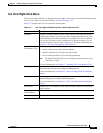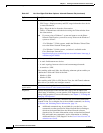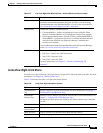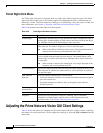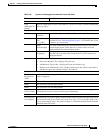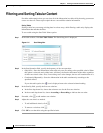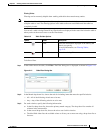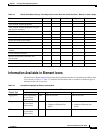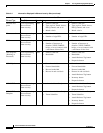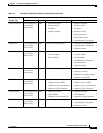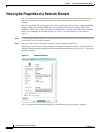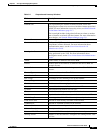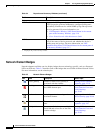
CHAPTER
3-1
Cisco Prime Network 4.0 User Guide
OL-29343-01
3
Viewing and Managing NE Properties
The following topics describe the user access roles required to use Cisco Prime Network Vision (Prime
Network Vision) and how to view network element physical and logical properties in any mapped
network:
• User Roles Required to Work with Prime Network Vision, page 3-1
• Information Available in Element Icons, page 3-3
• Viewing the Properties of a Network Element, page 3-6
• Inventory Window, page 3-9
• Checking VNE Connectivity and Communication Status, page 3-16
• Viewing the Physical Properties of a Device, page 3-19
• Working with Ports, page 3-23
• Viewing the Logical Properties of a Network Element, page 3-27
• Viewing Device Operating System Information, page 3-31
• Running an Activation from the Activation Menu, page 3-34
Note Prime Network Vision maintains continuous, real-time discovery of all the physical and logical entities
of the network inventory and the relationships among them. The Prime Network Vision distributed
system inventory automatically reflects every addition, deletion, and modification that occurs in the
network.
User Roles Required to Work with Prime Network Vision
This topic identifies the roles that are required to work with Prime Network Vision. Prime Network
determines whether you are authorized to perform a task as follows:
• For GUI-based tasks (tasks that do not affect elements), authorization is based on the default
permission that is assigned to your user account.
• For element-based tasks (tasks that do affect elements), authorization is based on the default
permission that is assigned to your account. That is, whether the element is in one of your assigned
scopes and whether you meet the minimum security level for that scope.
For more information on user authorization, see the Cisco Prime Network 4.0 Administrator Guide.



